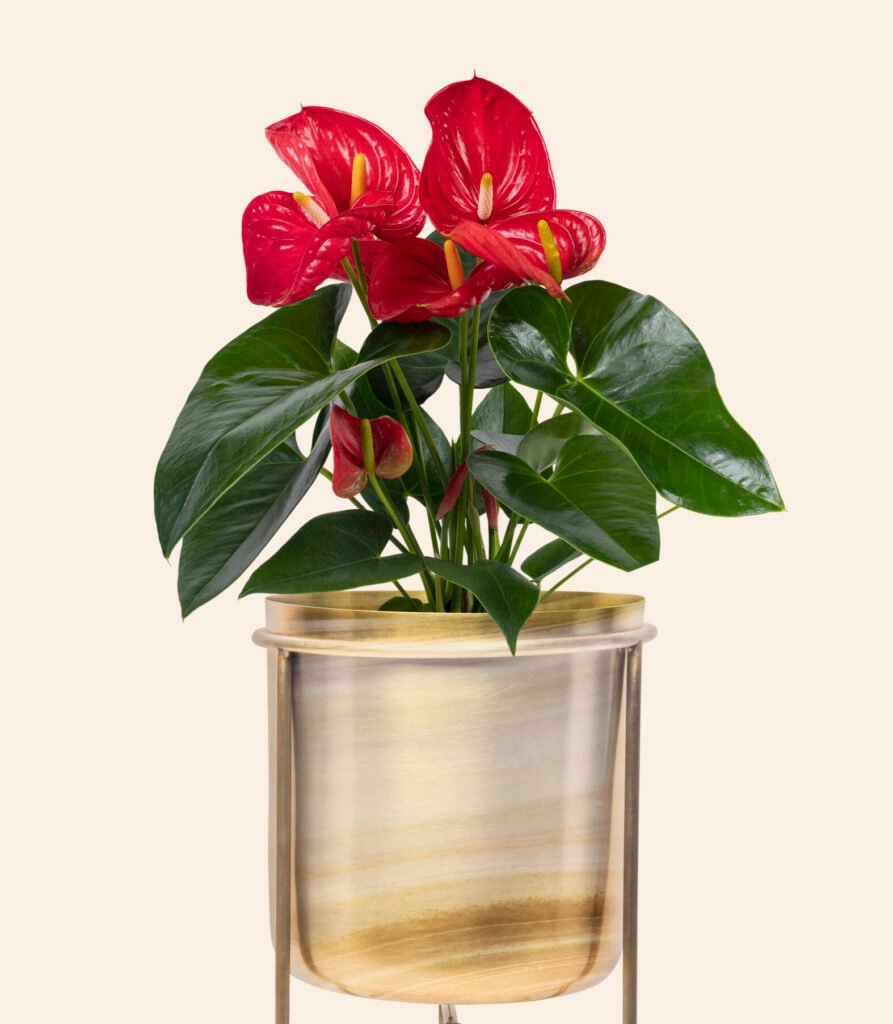Hot Compost : How To Make Compost In Less Time

Hot composting is a fast and efficient process where organic materials decompose at high temperatures to produce nutrient-rich compost. In hot composting, high temperatures are maintained, resulting in compost formation within weeks to months. The high temperatures destroy pathogens and weed seeds, making the compost safe and nutritious. Compost obtained from hot composting enhances soil […]
How Compost Bin Work & How To Use Them

To start composting, a compost bin is essential as it maintains the proper moisture and airflow necessary for producing compost materials that enrich the soil. A compost bin enhances the composting process by ensuring the correct temperature and airflow for successful composting. Depending on the amount of compost you need for your garden and the […]
How To Set Up An Indoor Worm Bin And Start Vermicomposting

vermicomposting is an easy and effective method of converting organic waste into nutrient-rich compost with the help of worms. Unlike traditional composting methods, you don’t need a special outdoor location for worm composting. Instead, you can set up a small space indoors where the temperature is controlled, making it easy to create compost without generating […]
Easy Steps: How To Make Worm composter Using Plastic Container

Vermicomposting, also known as worm composting, involves utilizing worms to break down organic matter, resulting in nutrient-rich vermicompost. Different species of worms assist in processing various types of kitchen waste through this method.While commercial worm composting bins are available, they can be pricey and require ample space due to their size. As a more accessible […]
How To Grow And Care Fiddle-Leaf Fig

Fiddle-Leaf Fig is a plant native to the rainforests of West Africa, renowned for its large, glossy leaves and elegant appearance. Belonging to the Moraceae family, its scientific name is Ficus lyrata. While Fiddle-Leaf Fig is a stunning houseplant, it is often considered challenging to grow. However, its large leaves and distinctive shape make it […]
How To Grow And Care For Dieffenbachia

Dieffenbachia, or dumb cane, is a perennial plant genus from South America and the Caribbean islands, belonging to the Araceae family. Various species of Dieffenbachia are commonly cultivated as houseplants. These perennials have green leaves with creamy and white spots, and elongated, oval-shaped leaves. In their natural environment, these plants can grow up to 10 […]
How To Grow And Care For Olive Trees Indoors

The olive tree is a native plant of the Mediterranean region, known for its remarkable resilience and ability to grow in warm, sunny climates. It belongs to the Oleaceae family, and its scientific name is Olea europaea. Olive trees are evergreen, with leaves that are green, silver, and sage in color, and they have a […]
How To Grow And Care Christmas Cactus

Christmas cacti, belonging to the Cactaceae family and scientifically known as Schlumbergera x buckleyi, are native to the uplands of Brazilian rainforests. These plants, also referred to as holiday cacti or crab cacti, thrive naturally in cool, shaded environments and adapt well to indoor conditions in slightly cooler temperatures. Typically growing vertically between 6 to […]
How To Grow And Care Anthurium

Anthurium is a genus of around 1,000 perennial plants native to Central America, northern South America, and the Caribbean. These plants are known as tailflower, flamingo flower and laceleaf, with the scientific name Anthurium. They naturally grow in warm climates, but with proper care, they can be grown indoors and in greenhouses. The main attraction […]
How To Grow and Care For Venus Flytrap Plant

The Venus flytrap (Dionaea muscipula) is a captivating perennial carnivorous plant from the Droseraceae family. Known for its unique insect-catching mechanism, it is often cultivated for its intriguing characteristics and striking appearance. Venus flytrap features modified leaves that form a hinged trap composed of two flat, toothed lobes. The inner surface of these lobes is […]
